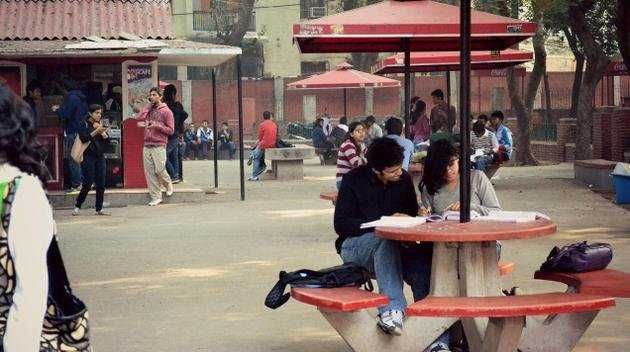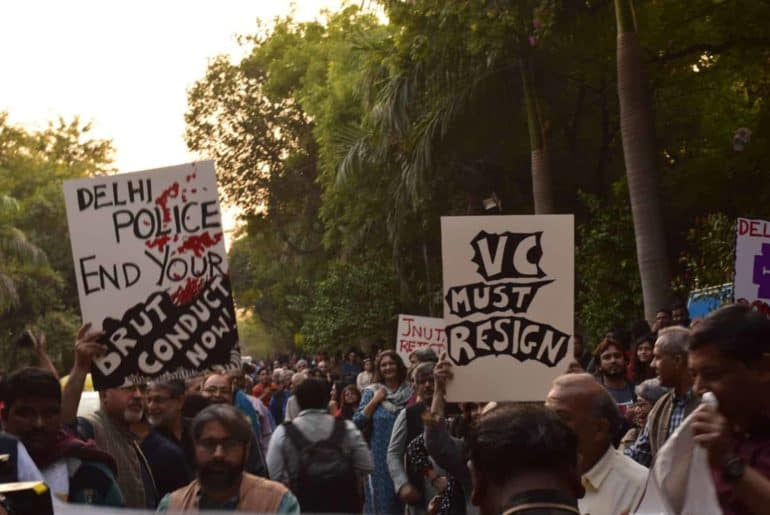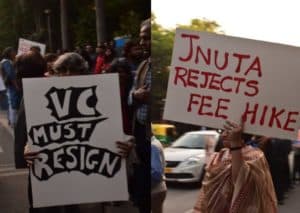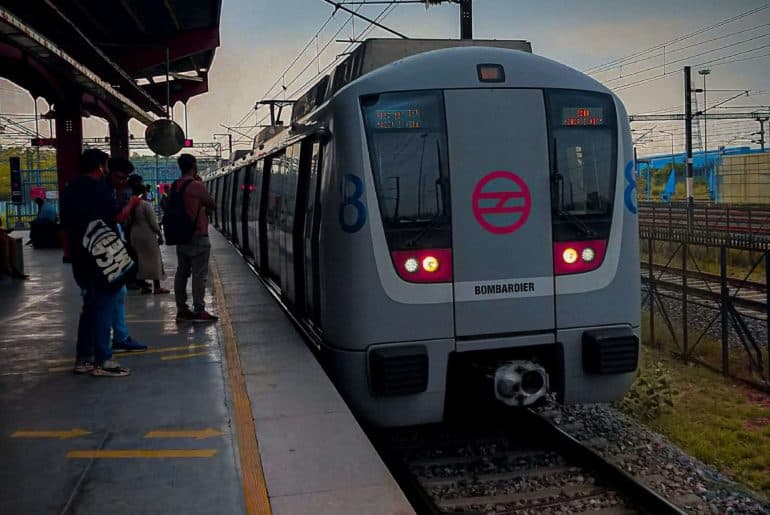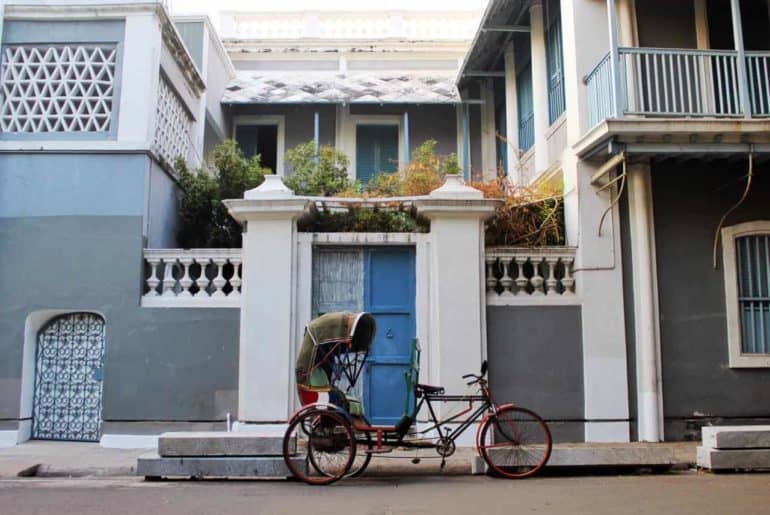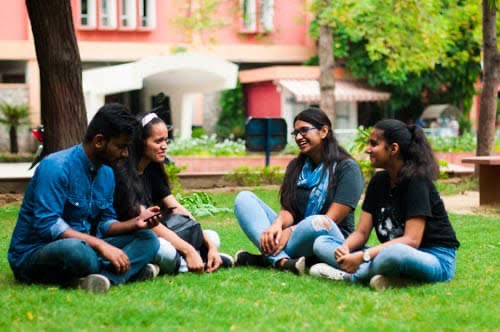With end semester exams right around the corner, here are few cheap and doable stress busters you can count without burning a hole in your pocket or being too elite or pretentious.
When exams knock at the door, it is common to go paranoid. Exam stress is an actual accepted psychological distress. It can lead to severe anxiety, that turn into physical symptoms like nausea, stomach ache, headache and even dizziness. In this time of chaos, one looks for easy stress relievers that don’t put a dent in your college finances. Often, stress busters are highly elitist, they involve dinners at expensive restaurants and retail therapy that one can’t cope up with.
Here are few stress busters you must do in times of distress:
- Talking is Therapeutic
Of all exam stress busters, the best is, of course, talking and communicating stress. If you just cannot get rid of the constant exam tension, how about talking about it with your favourite person? It can be your friend, cousin, sister, teacher, classmate, parent or anybody else. Saying your problems out loud will even help you articulate.
- Music and Dance on the Loop
“Mujhe naachne or gaane ka bahut shaunk hai.” (Dancing and singing are my favourite hobbies.) . Read the phrase in typical Anjali’s voice from Kuch Kuch Hota Hai. Indeed, music transports you and the energetic dance can rejuvenate you from the many all-nighters you will pull this semester. Plus, music is a great way to not feel alone while studying. Pro-tip: The Local Train can literally save all of us.
- Sound Sleep
This is probably the most important one. With exam season upon you, it’s important to keep in mind to sleep well. Most of the students often spend all of their time worrying about the exams, and tend to sacrifice their nights for the same. Always remember, a well-rested mind can do wonders. Use white noise or a constructive podcast to listen to while sleeping, that will help with your concentration and productivity.
- Slow and Deep Breaths
Before reacting to the next stressful occurrence, take three deep breaths and release them slowly. If you have a few minutes, try out a relaxation technique such as closing your eyes and meditating or just shouting loudly. These are some tricks to calm oneself down.
- Talking Loud and Slow
Whenever you feel overwhelmed by stress, practice speaking more slowly than usual. You’ll find that you think more clearly and react more reasonably to stressful situations. Stressed people tend to speak fast and breathlessly; by slowing down your speech you’ll also appear less anxious and more in control of any situation.
- An Effective Time Management Strategy
Choose one simple thing you have been putting off (e.g. buying the book for a particular subject), and do it immediately. Just taking care of one nagging responsibility or subject can be energizing and can improve your attitude.
- Drinking plenty of water, eating small, nutritious snacks
Hunger and dehydration, even before you’re aware of them, can provoke aggressiveness and exacerbate feelings of anxiety and stress that exams give you. Thus, keep yourself energised and fit by having fppd at regular intervals.
- A quick Posture Check
Hold your head and shoulders upright and avoid stooping or slumping. Bad posture can lead to muscle tension, pain and increased stress. It’s most like that you’ll be stuck at your desk most of the day, revising or studying the vast syllabus. In those times, make sure your workstation reflects good ergonomic design principles meaning it’s good enough for your height, doesn’t require you to stress your arm to rest and is comfortable.
- Setting Realistic Targets
It is advisable to make realistic revision targets per day instead of trying to squeeze in a lot in one day. If you make unrealistic targets and are unable to achieve them, stress will definitely shoot through the roof and lower your learning power.
- Taking out time to unwind
Take out at least half an hour to watch your favourite TV programme or surf the Internet for fun or listen to your favourite music or just laze around. Getting bogged down with too much stress can ruin your positive energies so take that short break and don’t feel guilty about it.
Hopefully these 10 stress busters will equip you enough to handle exam stress like a pro. If you still feel stressed, seek help with people around you. All the best for your exams.
Feature Image Credits: Scopio
Chhavi Bahmba


